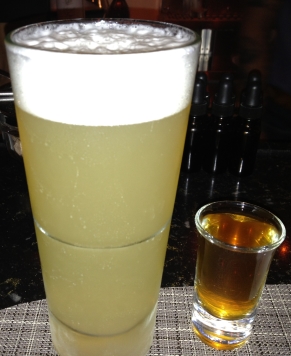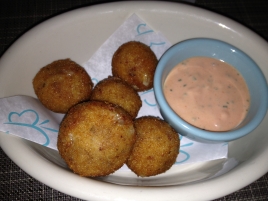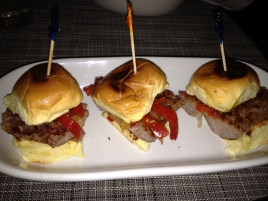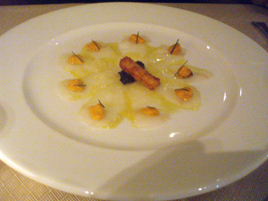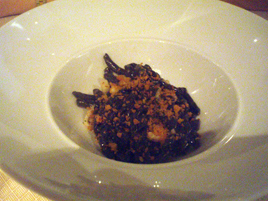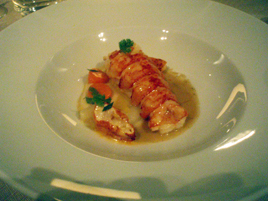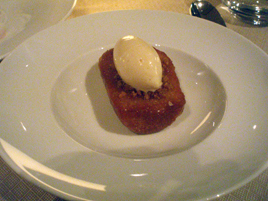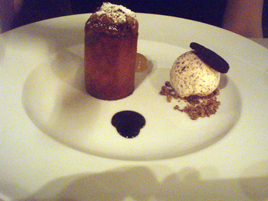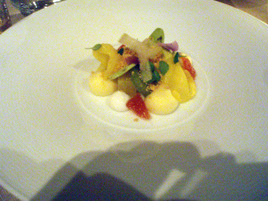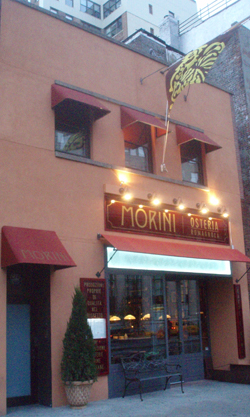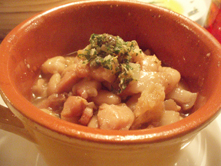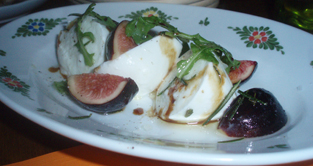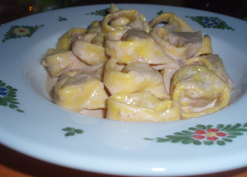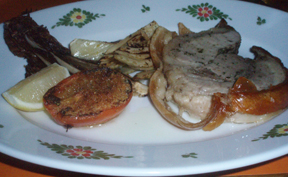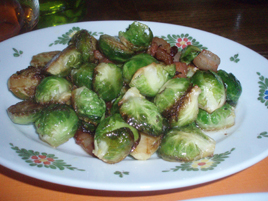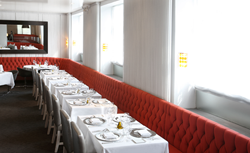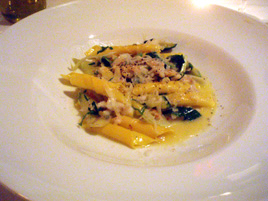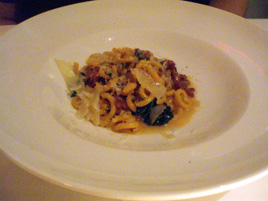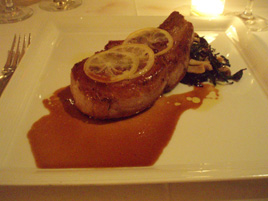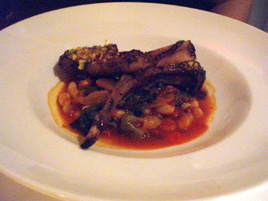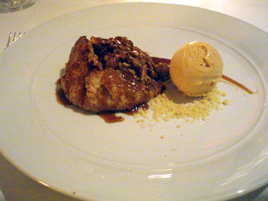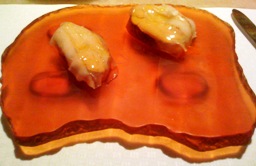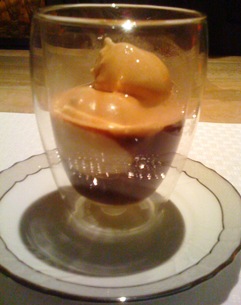Ristorante Morini
 Tuesday, April 8, 2014 at 08:44PM
Tuesday, April 8, 2014 at 08:44PM 
 How much Michael White is too much Michael White? At Ristorante Morini, his seventh New York restaurant in as many years, the chef is betting that we still don’t have enough.
How much Michael White is too much Michael White? At Ristorante Morini, his seventh New York restaurant in as many years, the chef is betting that we still don’t have enough.
There’ve been some stumbles along the way. Nicoletta, his pizzeria, is limping along after horrible reviews. How do you screw up pizza? Somehow, he did. The Butterfly, his take on a 1950s Wisconsin supper club, quickly fell off the radar after a much publicized opening. A recent re-visit to Costata, his Italian steakhouse in Soho, was disappointing. But at modern haute Italian fine dining, his judgment has never failed him. That’s the genre he tackles once again at Ristorante Morini.
 White may be repeating himself, but have you tried to book a table at Marea lately? After five years in business, it is still solidly booked at prime times. Opening Ai Fiori, a second restaurant in the same mold, did nothing to tamp down demand, so why not build a third?
White may be repeating himself, but have you tried to book a table at Marea lately? After five years in business, it is still solidly booked at prime times. Opening Ai Fiori, a second restaurant in the same mold, did nothing to tamp down demand, so why not build a third?
He chose the right location, the Upper East Side, the city’s only remaining residential neighborhood where guests aren’t offended by white tablecloths and don’t require a special occasion for fine dining. The Met is a block away, and if you’d rather avoid museum food, there is now a far better option.
I’m not sure why he chose the name Morini, which this new restaurant shares with Osteria Morini in Soho, where you find haute trattoria fare served on wooden tables with orange paper placemats. This Morini is nothing like that Morini, but I’m sure some tourists will show up at the wrong one.
To run the kitchen, White has installed Gordon Finn, who worked for him at Alto when it had two Michelin stars. Finn executes the White playbook flawlessly. Close your eyes, and you could be at Marea or Ai Fiori.
The prices are punishingly high. You are paying for luxury, or at least the perception of it. Crudi and antipasti are $19–26, pastas $22–29 (not counting gnocchi with black truffles, $42), entrées mostly $36–52 (but Dover Sole will set you back $69).
There is also a four-course option for $84, which allows you to select almost any starter, pasta, entrée and dessert (some items carry supplements). The tariff will probably go up over time, as Ai Fiori’s prix fixe is $94, Marea’s $99, and the restaurants are quite similar. Indeed, when the chef came to our table to say hello, he did not disagree when I described it as “Marea with a meat option.”







